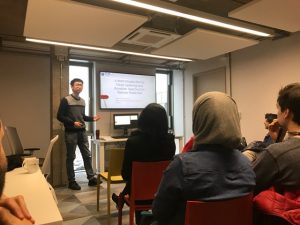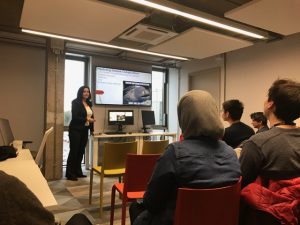IDA meeting held at WLFB 207/208 (2nd floor of Wilfred Brown) at 3:00PM
Talk from Natalia Viani, King’s College London
Abstract
Electronic health records represent a great source of valuable information for both patient care and biomedical research. Despite the efforts put into collecting structured data, a lot of information is available only in the form of free-text. For this reason, developing natural language processing (NLP) systems that identify clinically relevant concepts (e.g., symptoms, medication) is essential. Moreover, contextualizing these concepts from the temporal point of view represents an important step.
Over the past years, many NLP systems have been developed to process clinical texts written in English and belonging to specific medical domains (e.g., intensive care unit, oncology). However, research for multiple languages and domains is still limited. Through my PhD years, I applied information extraction techniques to the analysis of medical reports written in Italian, with a focus on the cardiology domain. In particular, I explored different methods for extracting clinical events and their attributes, as well as temporal expressions. At the moment, I am working on the analysis of mental health records for patients with a diagnosis of schizophrenia, with the aim to automatically identify symptom onset information starting from clinical notes.
Dr Viani is a postdoctoral research associate at the Department of Psychological Medicine, NIHR Biomedical Research Centre, Institute of Psychiatry, Psychology and Neuroscience, King’s College London. She received her PhD in Bioengineering and Bioinformatics from the Department of Electrical, Computer and Biomedical Engineering, University of Pavia, in January 2018. During her PhD, she spent six months as a visiting research scholar in the Natural Language Processing Laboratory at the Computational Health Informatics Program at Boston Children’s Hospital – Harvard Medical School. Her research interests are natural language processing, clinical and temporal information extraction, and biomedical informatics. I am especially interested in the reconstruction of clinical timelines starting from free-text.
Slides from the talk can be found here.


